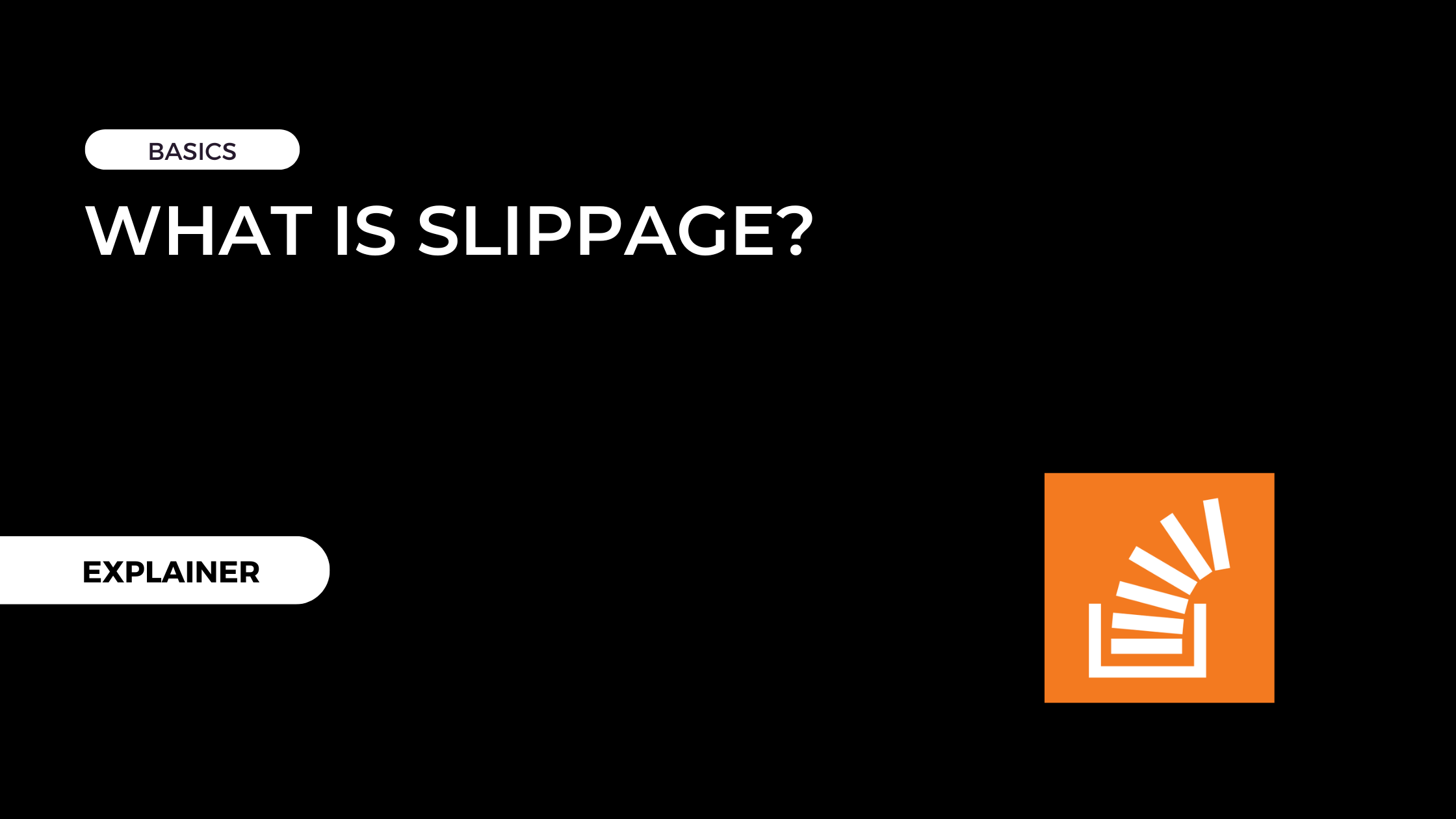Slippage refers to the difference between the expected price of a trade and the price at which the trade is actually executed. In the context of automated or system trading, slippage can occur when there is a delay between the time a trade is signaled by the trading system and the time the trade is actually placed in the market.

For example, consider a trading system in Tradingview that is designed to buy the Nifty December future 2022 contract whenever the price rises above a certain threshold. The system may generate a buy signal when the price of the Nifty Dec 2022 contract rises to, say, 18300. However, by the time the trade is actually placed in the market, the price of the contract may have increased to 18305, resulting in a slippage of 5 points slippage.
How to Measure Slippage?
The most straightforward way to measure slippage is to compare the expected price of a trade with the actual execution price. Examining trade logs and order records can also provide valuable insights into slippage. These logs can help to identify instances where the slippage occurred, as well as the causes and impact of slippage on trade performance.
Causes of slippage in automated trading
- Delays in trade execution: Automated trading systems rely on fast and efficient trade execution in order to minimize slippage. However, delays can occur due to a variety of factors, such as network latency, system performance issues, or broker issues.
- Changes in market conditions: Slippage can also occur due to sudden changes in market conditions, such as an increase in volatility or a shift in supply and demand.
- Lack of liquidity: Slippage can also occur when there is a lack of liquidity in the market, which can make it difficult to execute trades at the desired price.
- Market impact: Large trades can also have an impact on the market, causing the price to move away from the desired level and resulting in slippage.
- Order type: Using certain types of orders, such as Market orders, can also increase the risk of slippage. Market orders may not be filled if the market price moves away from the recent last traded price, resulting in slippage.
Methods for reducing slippage in automated trading
There are several methods that can be used to reduce slippage in automated trading:
- Use Limit orders rather than market orders: Limit orders are executed with theoretically zero slippage while designing limit order strategies one has to be very careful as the pending limit orders if not filled in the expected time one has to cancel those pending orders automatically to avoid any wrong fills.
- Use a broker with fast execution speeds: Choosing a broker with fast execution speeds can help to minimize delays in trade execution, which can reduce the risk of slippage.
- Use a low latency trading platform: A low latency trading platform can help to reduce delays in trade execution and improve the chances of getting a good price.
- Monitor market conditions and adjust trade sizes accordingly: Slippage is often more likely to occur during times of high volatility or low liquidity. Monitoring market conditions and adjusting trade sizes accordingly can help to reduce the risk of slippage.
- Use a hedging strategy: A hedging strategy involves taking offsetting positions in the market to reduce the risk of slippage. For example, if a trading system is designed to buy a particular security, a hedging strategy might involve simultaneously selling a similar security in order to offset the risk of slippage.
